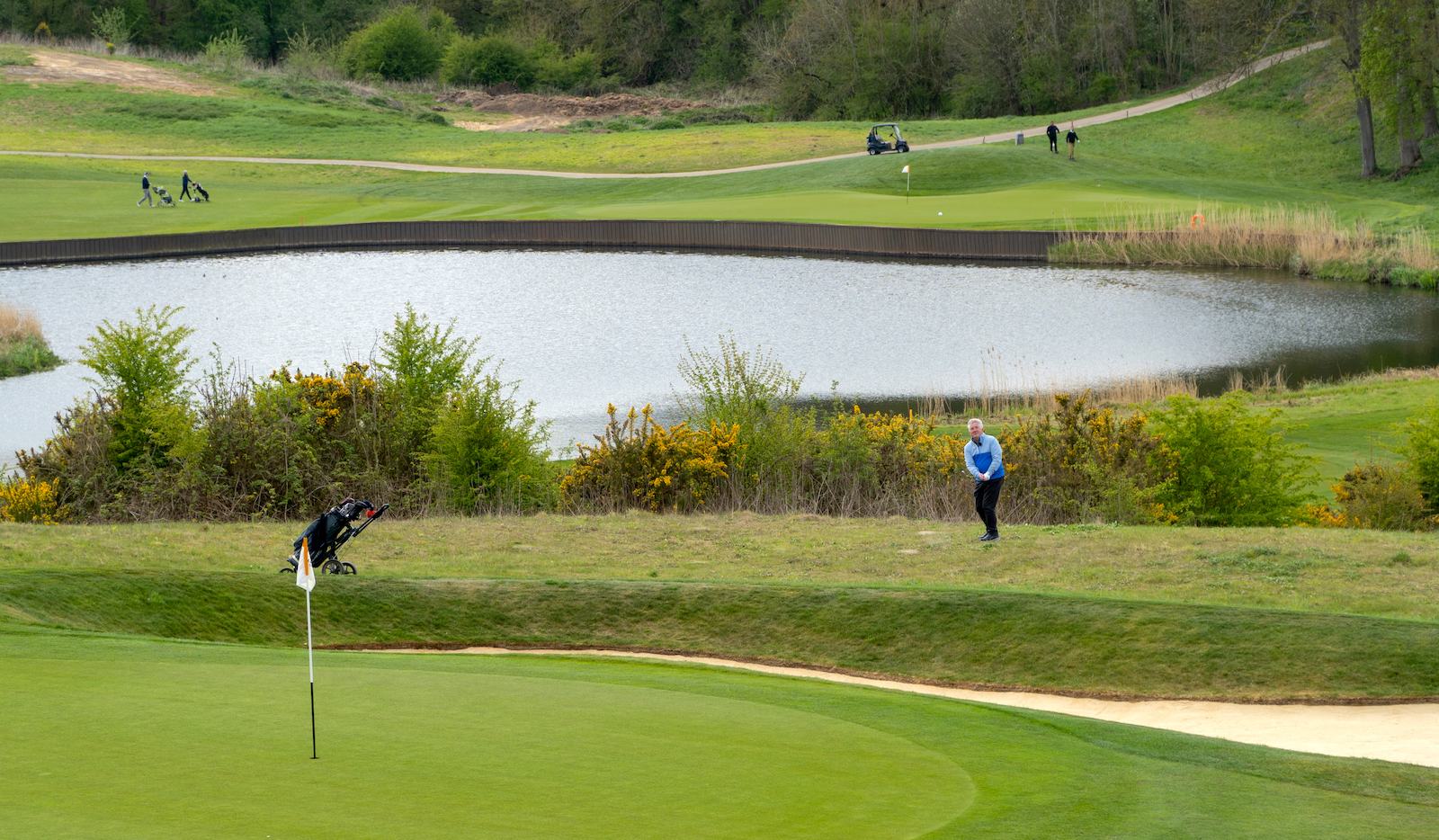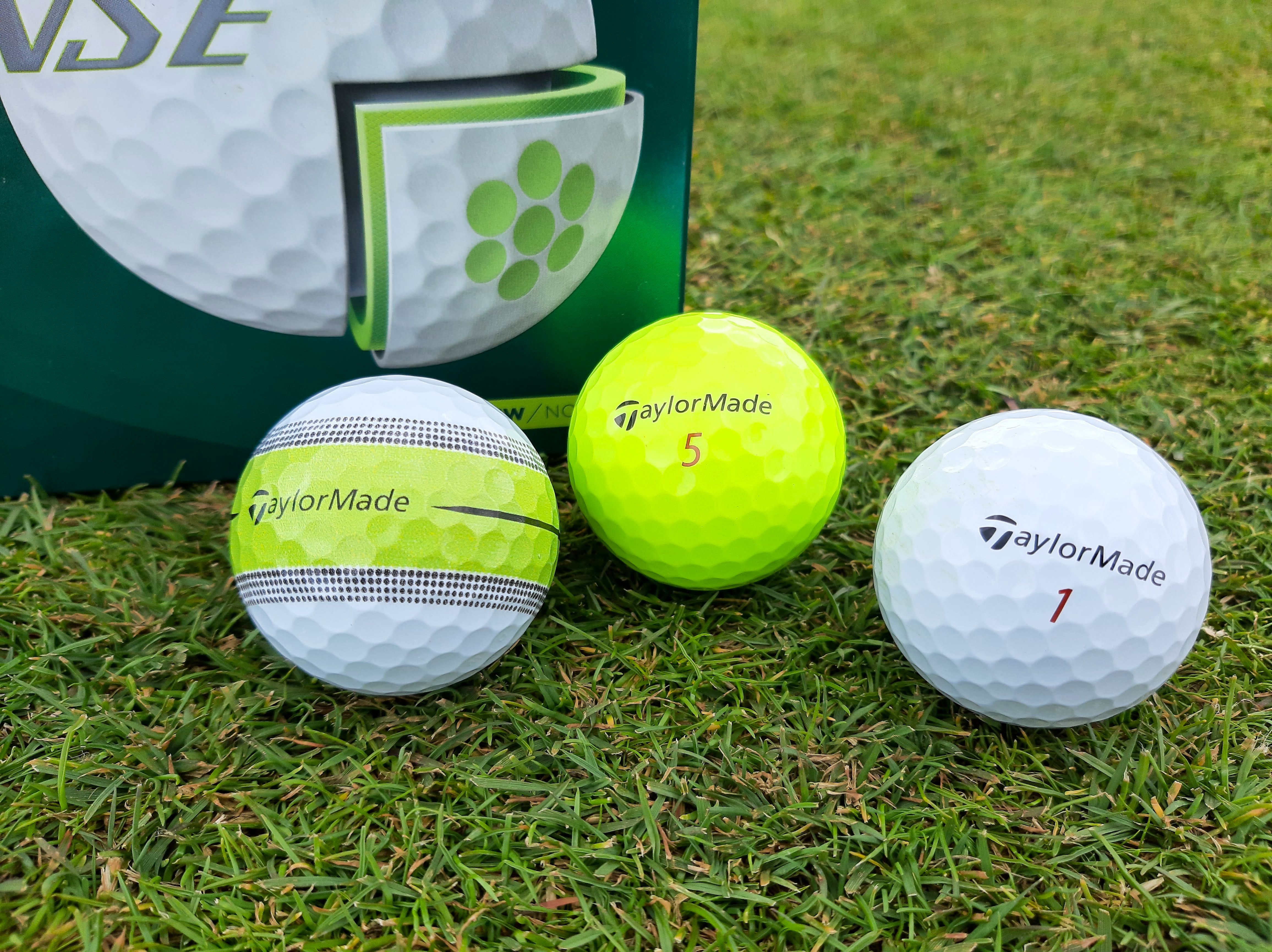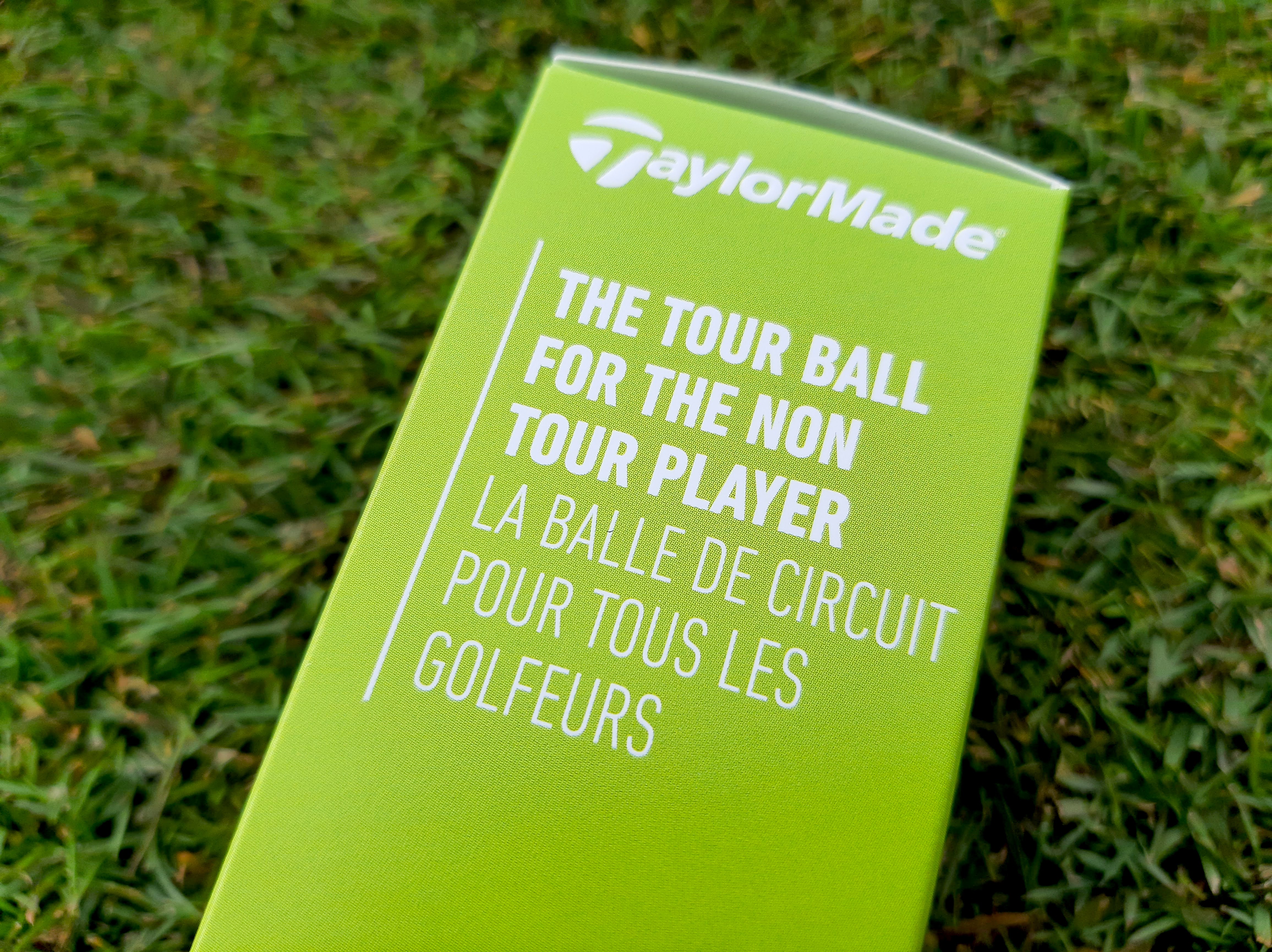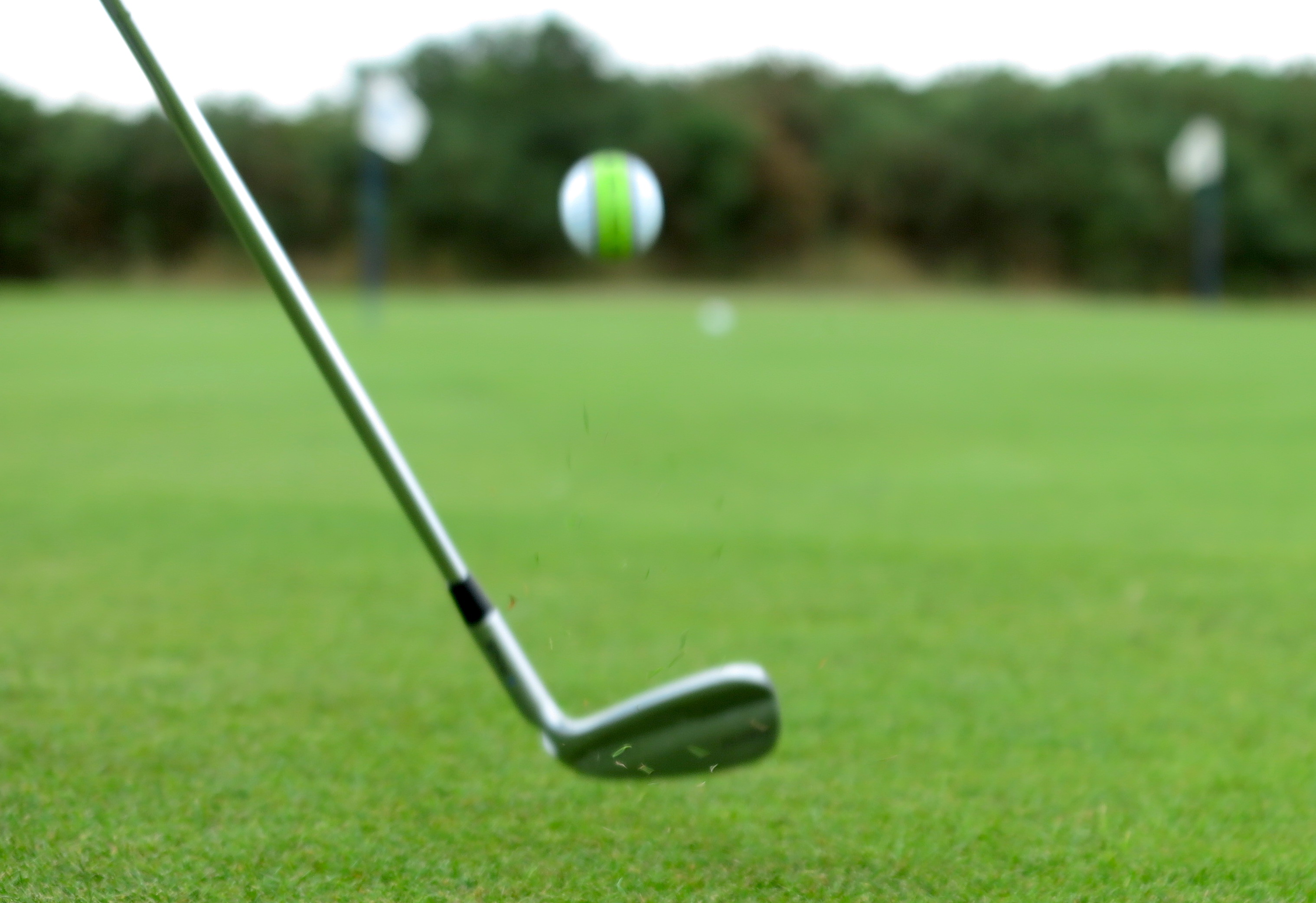“I've Always Played A Premium Ball But Now I've Decided To Switch... Here's Why"
Longstanding contributor, Jeremy Ellwood, explains why he's moved away from playing the premium balls he'd always relied on


We all adopt different strategies when it comes to the golf ball we play, ranging from “anything I find” to “only what the tour pros play”. Until not that long ago I would have put myself fairly firmly in the latter camp. But things change – I’m getting older and ball technology has progressed. Although I’ve played to a handicap of between 5 and 7 for a quarter of a century, I’ve never been blessed with a tour swing speed and certainly am not now as the big 6-0 looms ever closer.
Realistically, I, like many others, don’t swing it fast enough to reap the full performance benefits of the best tour-calibre, premium balls in the long game, while simultaneously craving and relying on the short-game feel and control of their multi-layer constructions and urethane covers. Until relatively recently, this combination meant a bit of a compromise one way or the other for those with sub-tour swing speeds but, put simply, if I can’t perform on and around the greens, I have little chance of playing to handicap, hence leaning towards tour balls for their short-game benefits.

Tour-calibre balls have long offered the best in feel and control around the greens
Urethane has long been the tour ball cover of choice and that is where premium balls have had their most tangible edge – the optimum in feel and performance around the greens. But more and more of the best mid-price golf balls now also feature urethane covers and multi-layer constructions that have taken their performance much closer to that of tour models. Not only that, but they also often specifically target those not blessed with the swing speeds certain tour models really require. They have formed part of a mid-price ‘superbreed’, if you like, although admittedly some are significantly more ‘mid-price’ than others.

TaylorMade's Tour Response comes in three different options
One such ball is the latest TaylorMade Tour Response, a three-piece model with a 70-compression, Hi-Spring Core designed to help those with sub-optimal swing speeds generate as much speed as possible in a soft-feeling golf ball. Sounds just the ticket for me, right? And so it has proved. Having now played the Tour Response extensively for several months, I’ll be brutally honest - I can’t really tell the difference between this model and TaylorMade's premium TP5 balls in either performance or looks. Judge me for that, if you like, but that is the truth.

A ball has to both look right and feel right, especially on and around the greens
That element of looks is perhaps surprisingly important. Not only does the urethane cover have to feel right, it also has to look right, and the cover on the white version, in particular, does indeed look right to someone who has played predominantly tour-calibre balls for many years. The reality is that if the cover doesn’t look right – some urethane covers just don’t – it could prove a bridge too far when it comes to belief, and belief in what you’re playing is everything. Any niggling doubt that you might just be giving something up by playing this ball, and you’re almost certainly ‘done’ before you even tee off. Tour Response looks and feels right to me.

This claim has certainly held true for GM's Jeremy Ellwood
Is price a factor? Well, yes and no. Yes, £10 a dozen less than the premium TP5 models does represent some sort of saving, depending on how many you get through. But with an RRP of £39.99 a dozen, it’s still not exactly cheap at nearly £3.50 a ball. So, no, it’s much more that I can now get the look and feel I want in a ball more suited to the speed at which I swing the club.

The Stripe version is an eye-catching alternative
All of which is to say that I’m pretty much a convert to the TaylorMade Tour Response, which I’ve been playing extensively for months now in its three different guises: white, yellow and the slightly funky Tour Response Stripe version that certainly stands out from the crowd.
Subscribe to the Golf Monthly newsletter to stay up to date with all the latest tour news, equipment news, reviews, head-to-heads and buyer’s guides from our team of experienced experts.

Jeremy Ellwood has worked in the golf industry since 1993 and for Golf Monthly since 2002 when he started out as equipment editor. He is now a freelance journalist writing mainly for Golf Monthly. He is an expert on the Rules of Golf having qualified through an R&A course to become a golf referee. He is a senior panelist for Golf Monthly's Top 100 UK & Ireland Course Rankings and has played all of the Top 100 plus 91 of the Next 100, making him well-qualified when it comes to assessing and comparing our premier golf courses. He has now played 1,000 golf courses worldwide in 35 countries, from the humblest of nine-holers in the Scottish Highlands to the very grandest of international golf resorts. He reached the 1,000 mark on his 60th birthday in October 2023 on Vale do Lobo's Ocean course. Put him on a links course anywhere and he will be blissfully content.
Jezz can be contacted via Twitter - @JezzEllwoodGolf
Jeremy is currently playing...
Driver: Ping G425 LST 10.5˚ (draw setting), Mitsubishi Tensei AV Orange 55 S shaft
3 wood: Srixon ZX, EvenFlow Riptide 6.0 S 50g shaft
Hybrid: Ping G425 17˚, Mitsubishi Tensei CK Pro Orange 80 S shaft
Irons 3- to 8-iron: Ping i525, True Temper Dynamic Gold 105 R300 shafts
Irons 9-iron and PW: Honma TWorld TW747Vx, Nippon NS Pro regular shaft
Wedges: Ping Glide 4.0 50˚ and 54˚, 12˚ bounce, True Temper Dynamic Gold 105 R300 shafts
Putter: Kramski HPP 325
Ball: Any premium ball I can find in a charity shop or similar (or out on the course!)